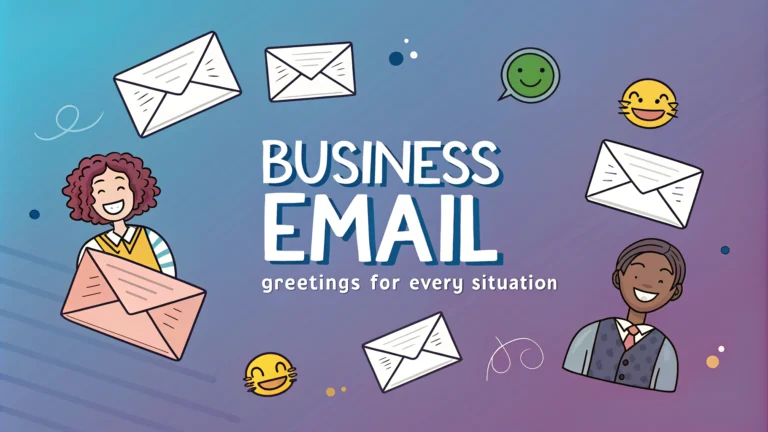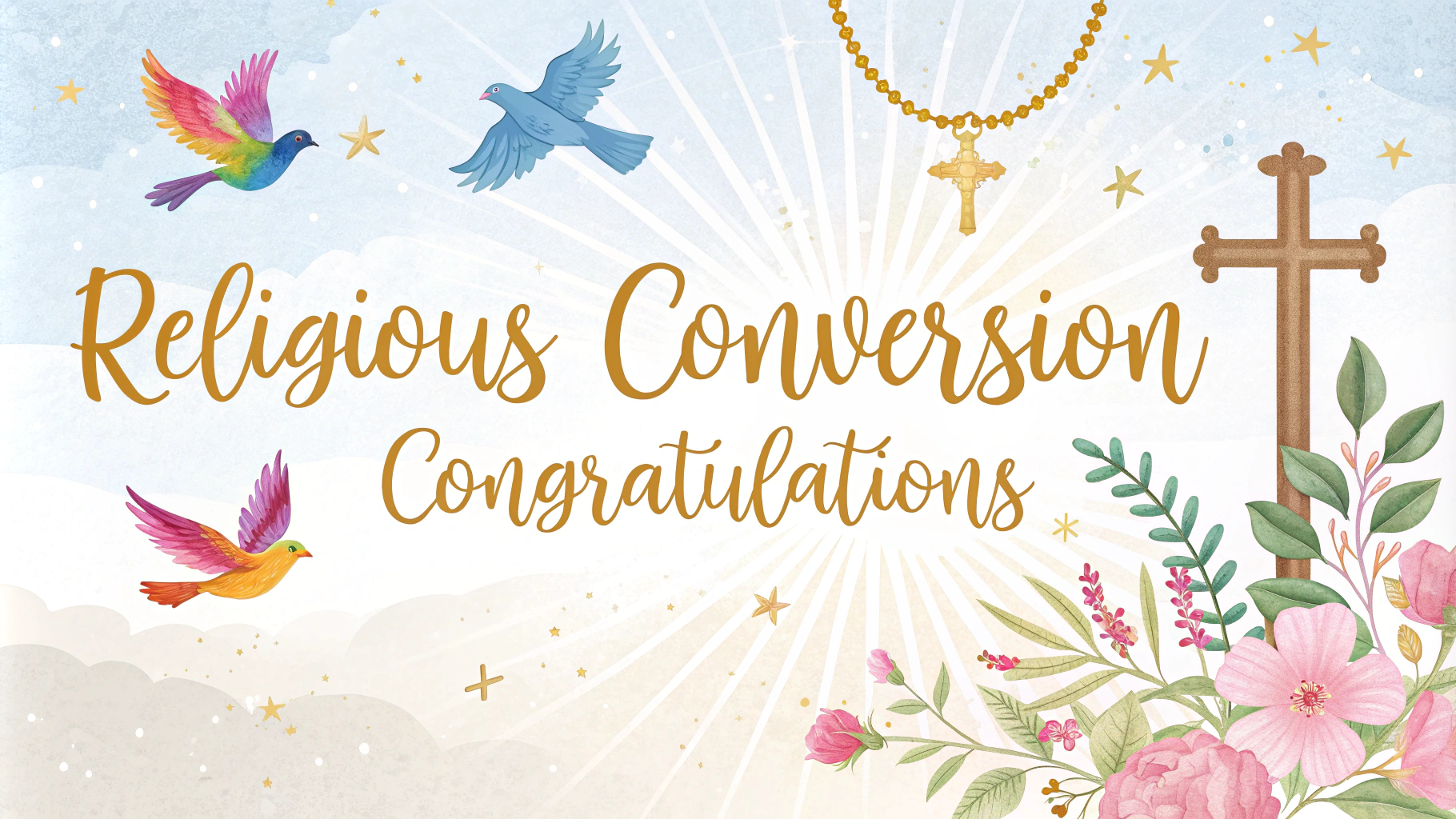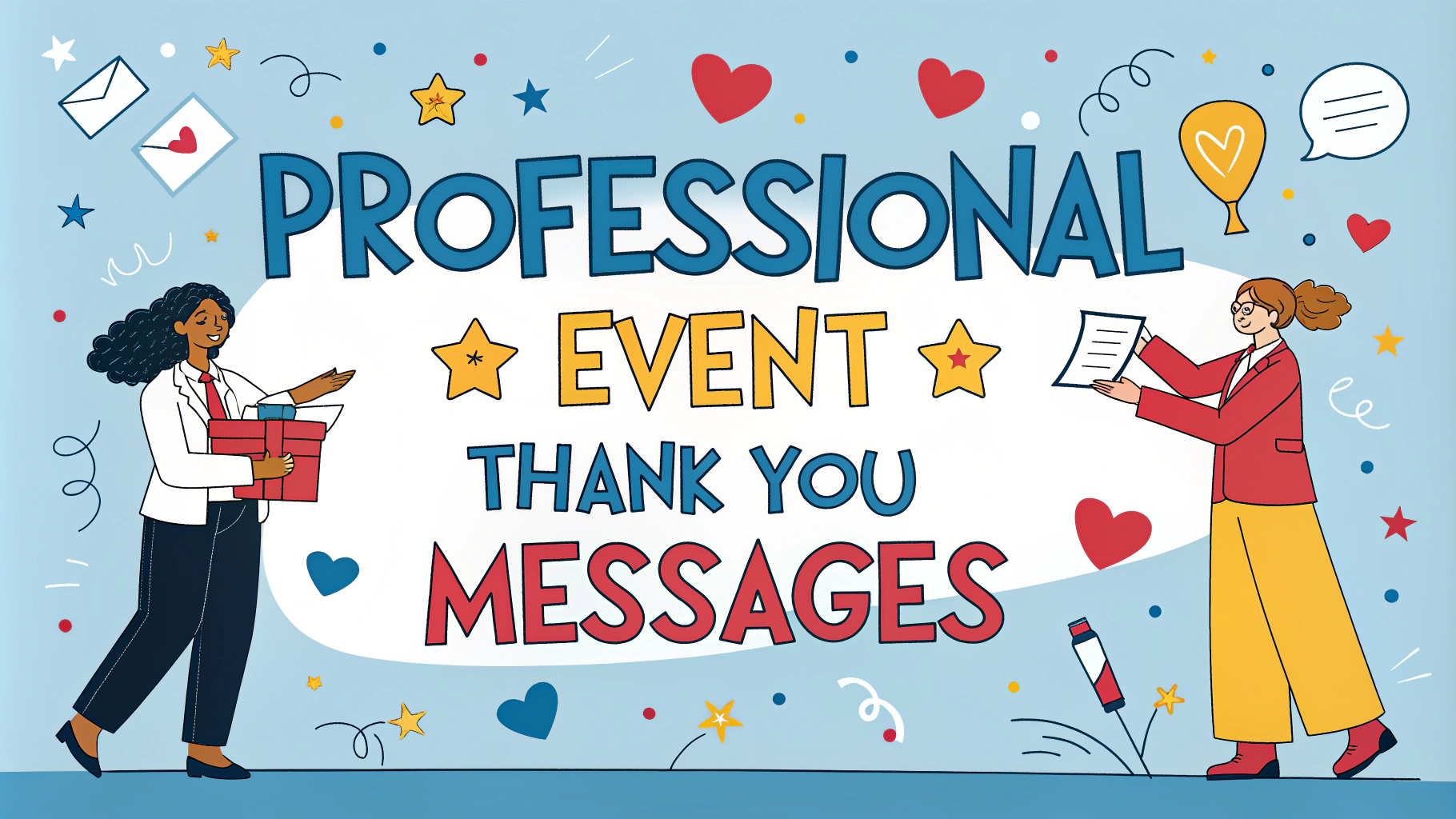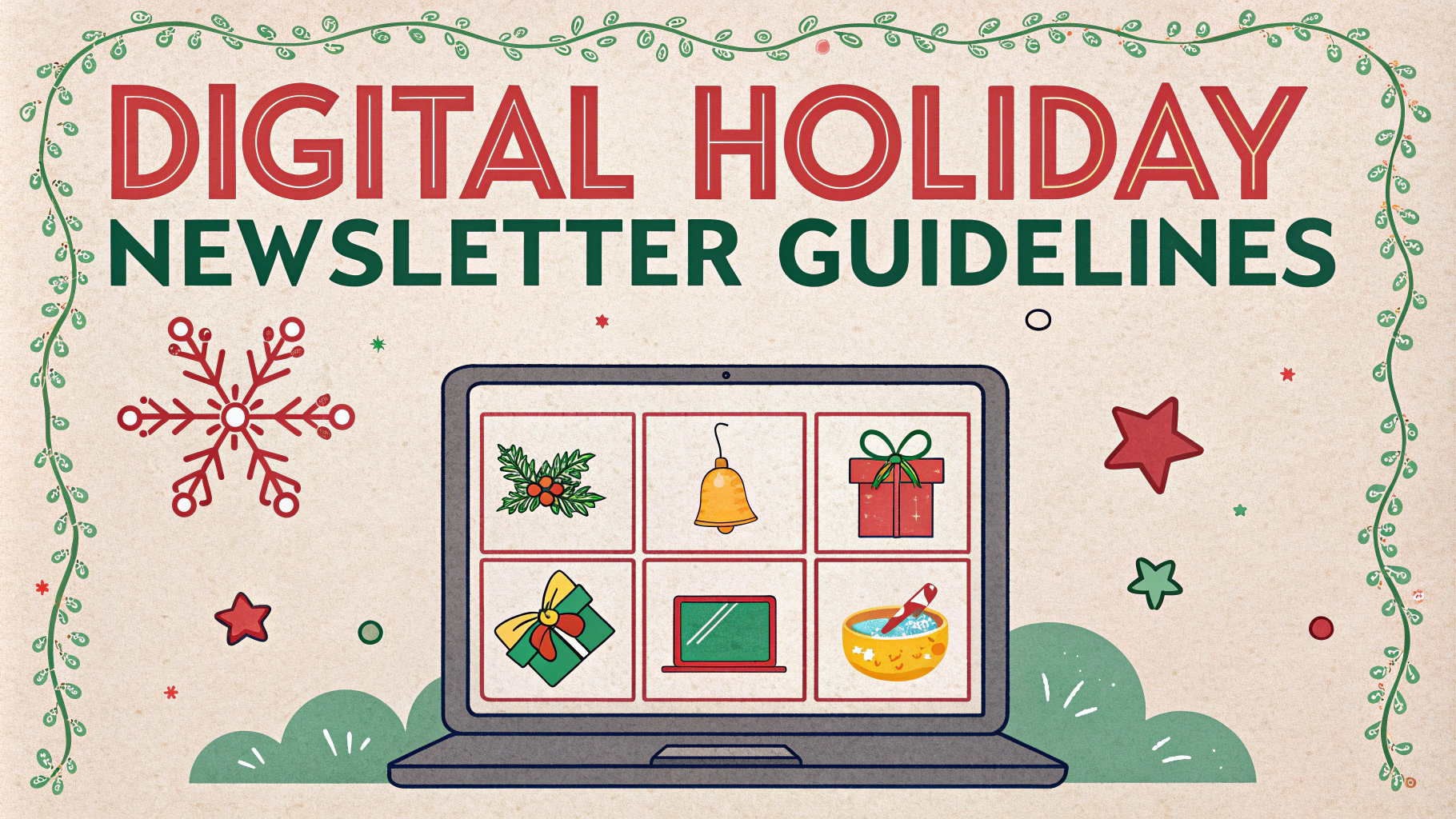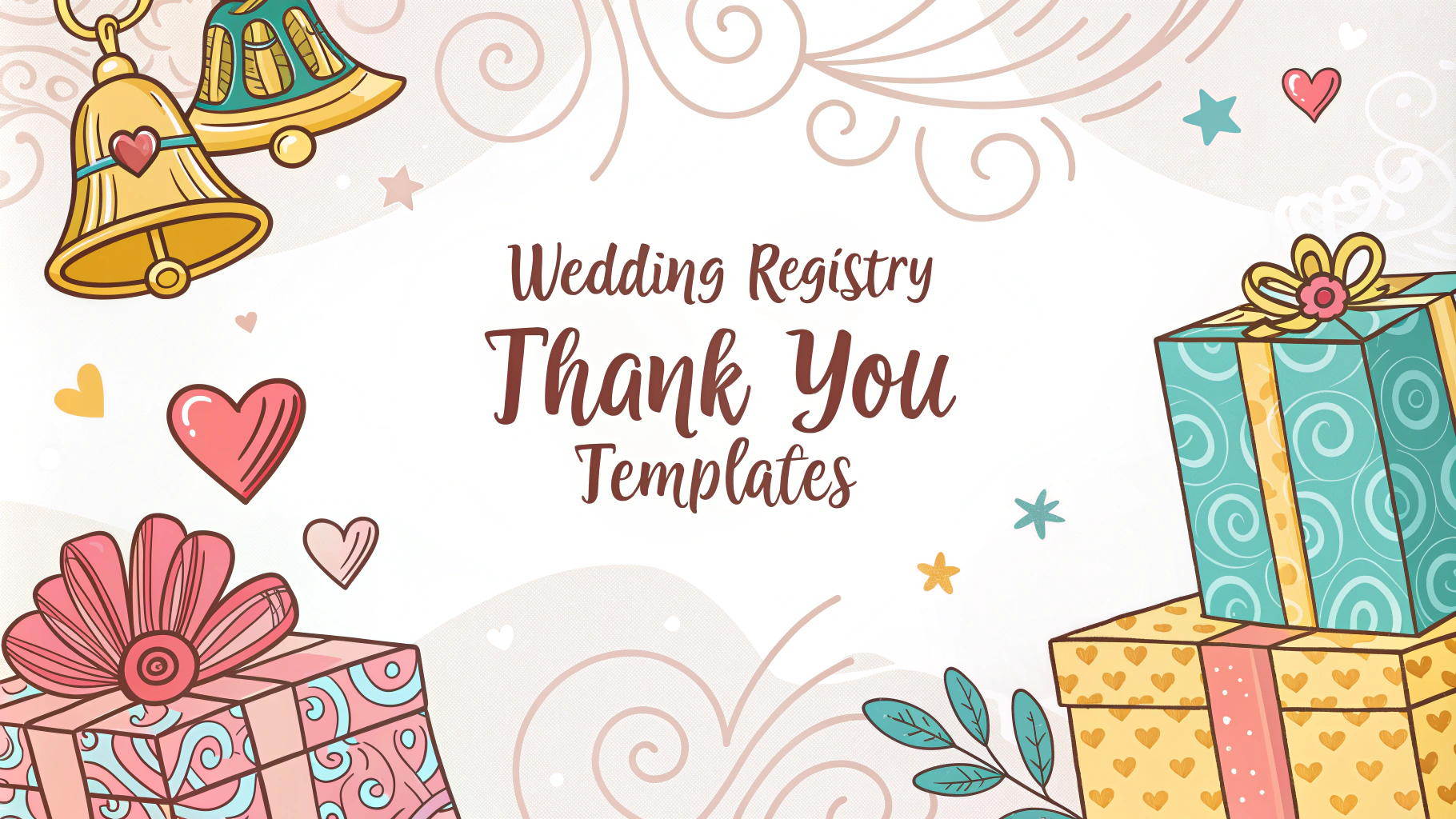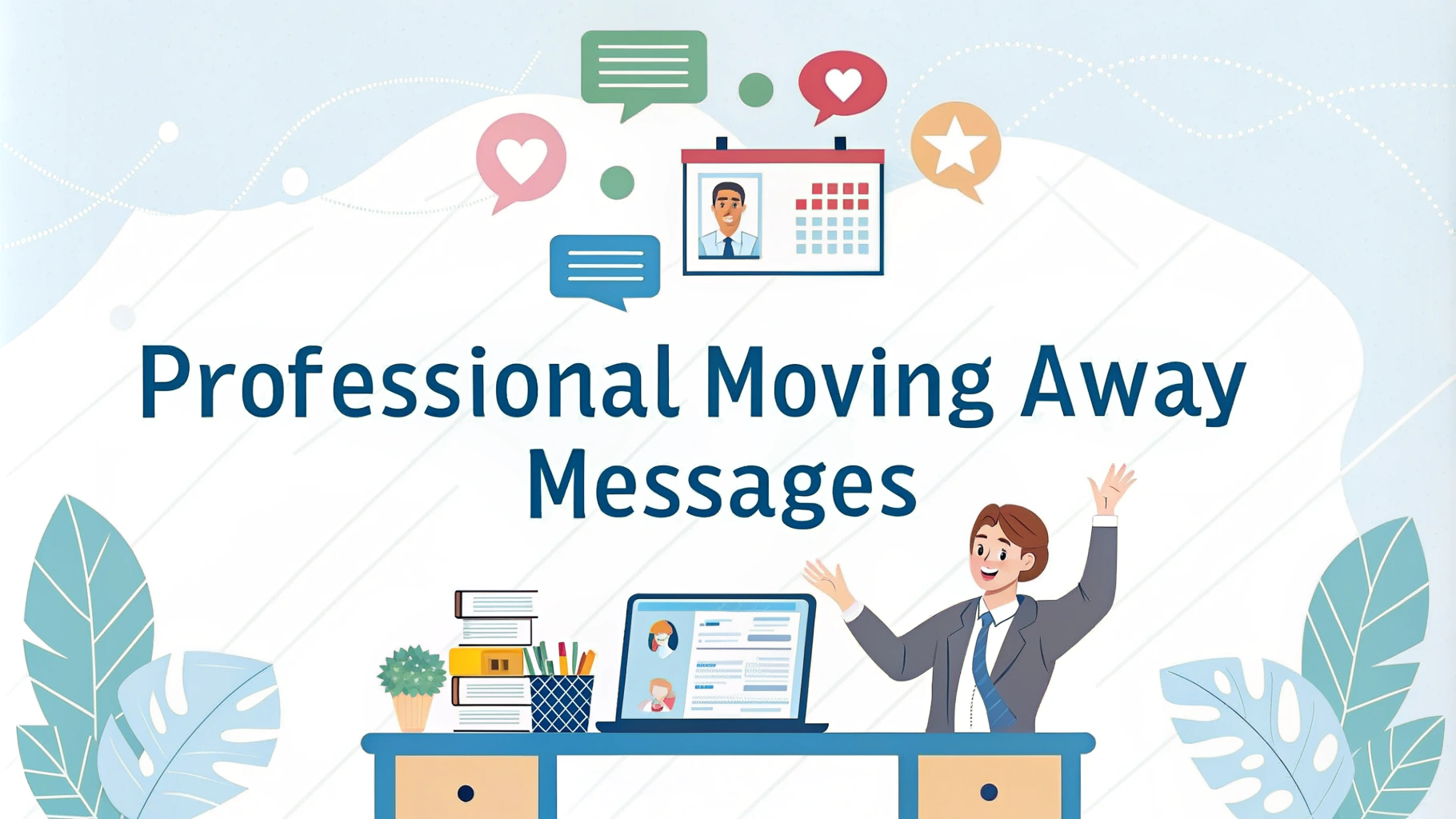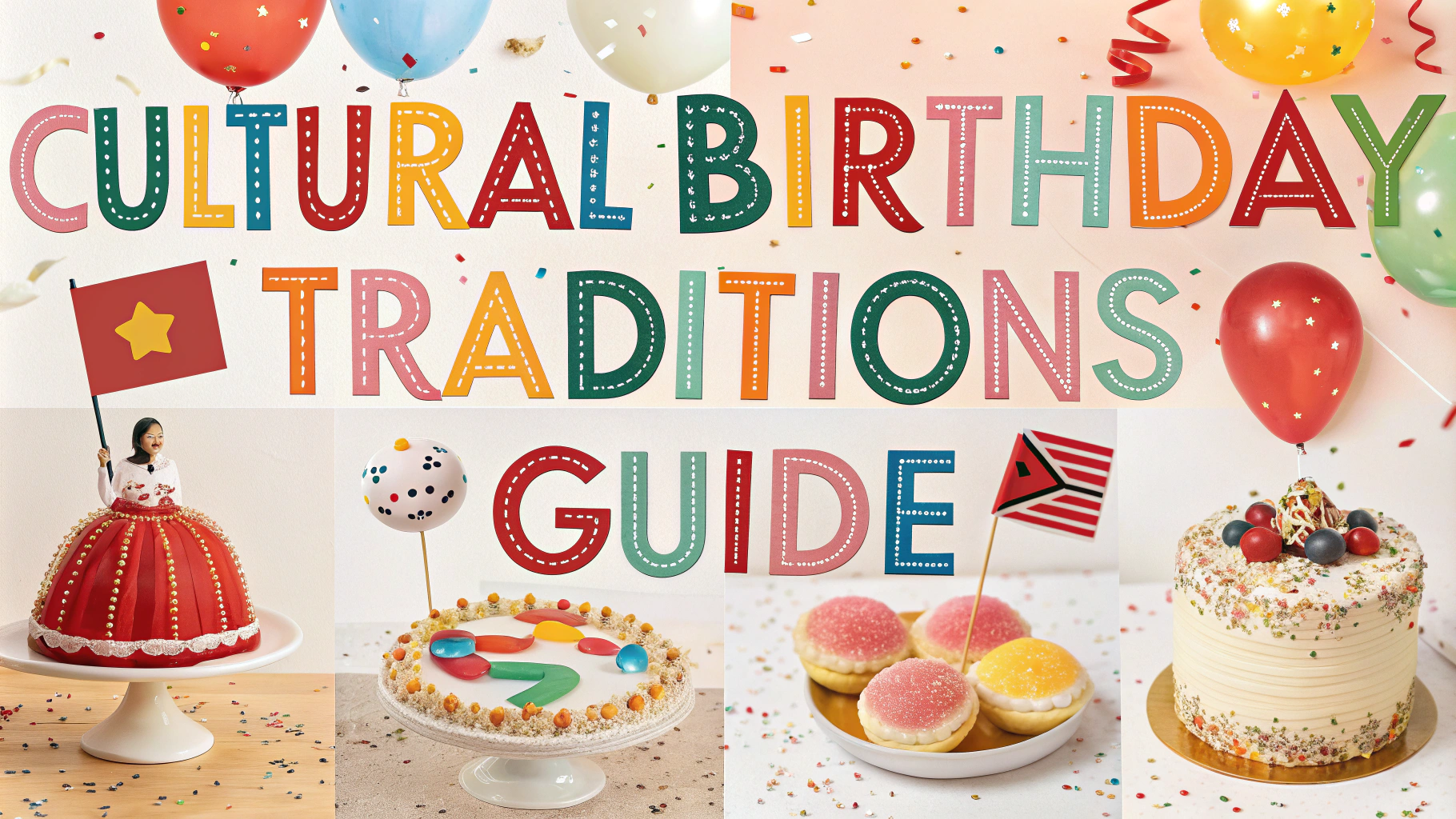Professional email greetings set the tone for your business communications and help create positive first impressions.
Standard Professional Email Greetings
- “Dear Mr./Ms. [Last Name]” – Most formal, best for initial contacts
- “Hello [First Name]” – Professional yet friendly, good for regular business contacts
- “Hi [First Name]” – Casual but still professional, suitable for familiar contacts
Group Email Greetings
- “Good morning team” – Perfect for internal team communications
- “Hello everyone” – Universal greeting for group emails
- “Dear [Department] team” – Professional greeting for specific departments
Time-Specific Greetings
| Time of Day | Appropriate Greeting |
|---|---|
| Morning (before 12 PM) | “Good morning” |
| Afternoon (12 PM – 6 PM) | “Good afternoon” |
| Evening (after 6 PM) | “Good evening” |
Cold Email Greetings
- “Dear [Mr./Ms. Last Name]” – Traditional and respectful
- “Good morning/afternoon [Mr./Ms. Last Name]” – Professional with a time element
- “Greetings [Mr./Ms. Last Name]” – Formal but fresh approach
Follow-up Email Greetings
- “Thanks for your quick response” – Acknowledges previous communication
- “As discussed” – References prior conversation
- “Following up on our conversation” – Professional continuation
Greetings to Avoid
- “Hey” – Too casual for business settings
- “To whom it may concern” – Outdated and impersonal
- “Dear Sir/Madam” – Generic and shows lack of research
Quick Tip: When unsure about someone’s gender or preferred title, use their full name without a title.
Cultural Considerations
- Research proper titles and name order for international contacts
- Consider time zones when using time-specific greetings
- Pay attention to formal/informal distinctions in different cultures
Email Greeting Best Practices:
- Double-check name spellings
- Use proper titles when available
- Match the formality level to your relationship with the recipient
- Consider the email’s purpose when selecting a greeting
Writing Effective Email Bodies
- Be concise – Keep paragraphs short and focused
- Use bullet points – For better readability and clarity
- Include a clear call-to-action – State what you need from the recipient
- Maintain professional tone – Avoid slang and overly casual language
Professional Email Closings
- “Best regards” – Universal professional closing
- “Sincerely” – Formal, suitable for official communications
- “Kind regards” – Friendly yet professional
- “Thank you” – Appropriate when requesting something
Email Signature Guidelines
- Essential elements:
- Full name and title
- Company name and department
- Contact information
- Optional elements:
- Company logo
- Social media links
- Professional certifications
Conclusion
Professional email communication requires careful attention to greetings, content structure, and closings. The right combination of these elements helps build strong business relationships and ensures effective communication. Remember to adapt your style based on your audience, cultural context, and the purpose of your email.
Final Tips:
- Always proofread before sending
- Consider the recipient’s perspective
- Maintain consistency in your communication style
- Update your email signature regularly
FAQs
1. What is the most professional way to start a business email?
“Dear Mr./Ms. [Last Name]” remains the most formal and professional email greeting, especially for initial contact or formal business correspondence.
2. When is it appropriate to use “Hi” or “Hello” in business emails?
“Hi” or “Hello” are acceptable for colleagues you’ve previously communicated with or in companies with casual corporate cultures, particularly in tech industries or startups.
3. Should I use “To Whom It May Concern” in business emails?
This greeting should be avoided when possible as it’s impersonal. It’s better to research the recipient’s name or use “Dear Hiring Manager” or “Dear [Department] Team.”
4. Is it acceptable to use “Good morning/afternoon” in business emails?
Yes, these greetings are appropriate but consider the recipient’s time zone and when they’ll likely read the email, as it might not be morning/afternoon when they receive it.
5. How should I address multiple recipients in a business email?
For formal emails to multiple recipients, use “Dear Colleagues” or “Dear Team.” For specific groups, use “Dear Board Members” or “Dear Marketing Team.”
6. When is it appropriate to use first names in business email greetings?
First names are appropriate after establishing a relationship, when the recipient has signed previous emails with their first name, or when the company culture is informal.
7. What greeting should I use when responding to an email chain?
For ongoing email chains, you can drop the formal greeting and directly address the topic, or use a simple “Hi” if adding a new response.
8. How should I greet international business contacts?
Research cultural norms for the recipient’s country. Some cultures prefer formal titles and last names, while others may find first names acceptable.
9. Is it appropriate to use “Hey” in business emails?
“Hey” is too casual for most business communications and should be avoided except in very informal workplace cultures or with close colleagues.
10. What are the most common mistakes to avoid in business email greetings?
Common mistakes include misspelling names, using wrong titles (Mr./Ms.), being too casual in formal situations, or using outdated greetings like “Dear Sir/Madam.”
